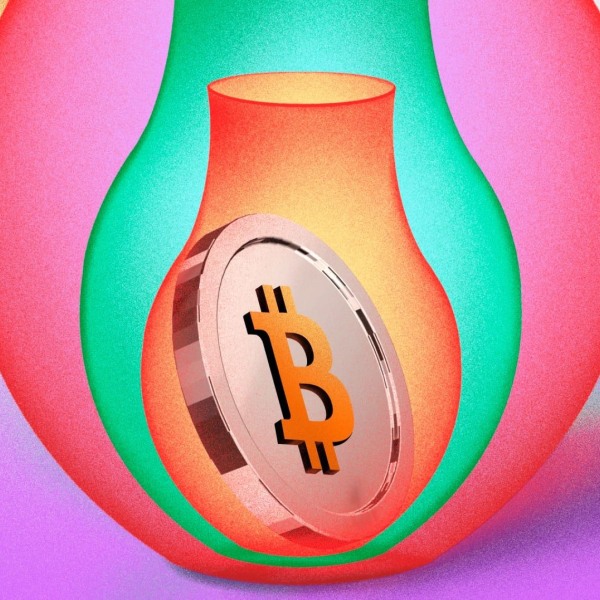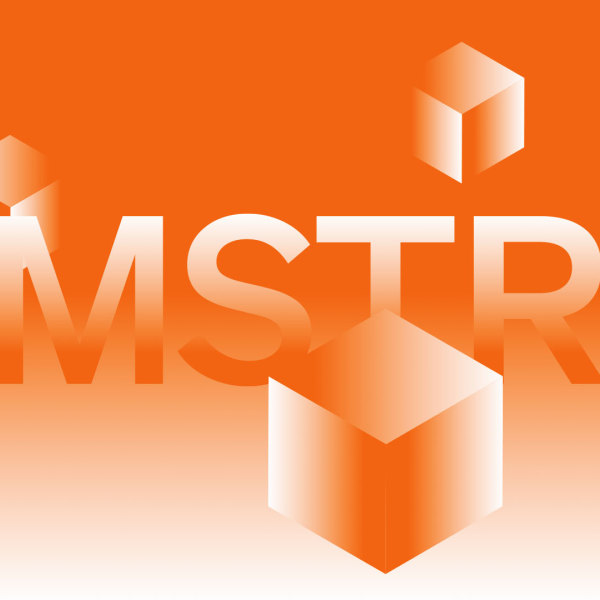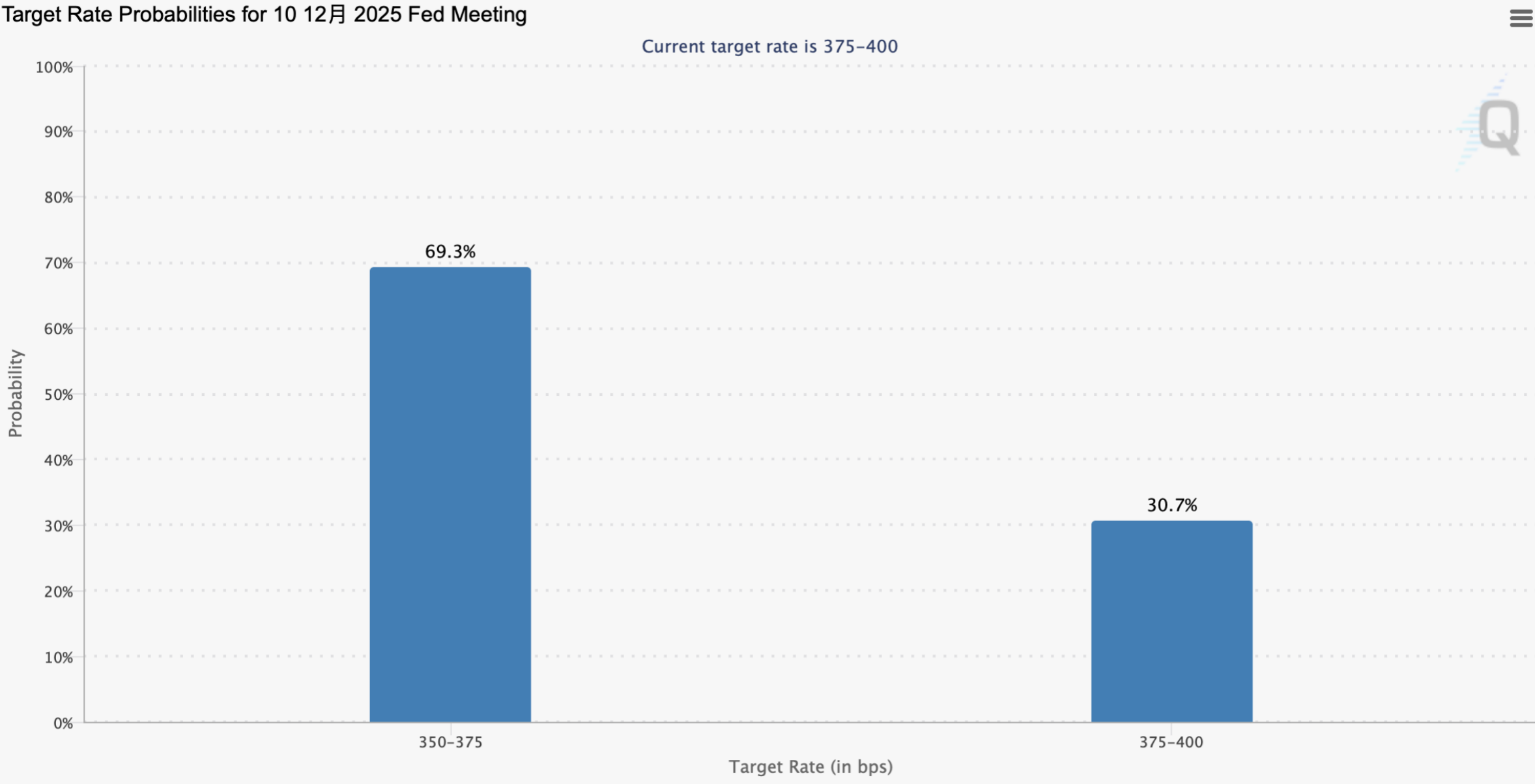Powell’s ally makes a major statement: Is a December rate cut reversal now highly likely?
There are divisions within the Federal Reserve regarding a rate cut in December, but due to a weakening job market and statements from senior officials, market expectations have shifted in favor of a rate cut. Economists believe the Federal Reserve may take action to address economic weakness, but internal disagreements focus on policy tightness, interpretations of inflation, and contradictions between employment and consumption. Summary generated by Mars AI. This summary is produced by the Mars AI model, and its accuracy and completeness are still in the process of iterative updates.
Over the past month, Federal Reserve officials have publicly erupted in sharp disagreements over the possible direction of the economy and the appropriate level of interest rates. These public debates have led economists and market participants to widely question whether there is enough support within the Fed to cut rates again at the upcoming policy meeting on December 10.
However, in the past few days, there has been a dramatic shift in market sentiment—investors and economists now generally believe that the Fed is highly likely to take action to cut rates in December.
What is the core driver behind this shift? Economists point out that, given ongoing concerns about the health of the job market, Fed officials are leaning toward another rate cut.
Tom Porcelli, Chief Economist at Wells Fargo, stated in an interview: "The deterioration we are seeing in the labor market, I think, is enough to provide a reasonable basis for the Fed to cut rates in December."
The first official data released after the end of the government shutdown showed that the unemployment rate rose to 4.4% in September, the highest level in nearly four years. At the same time, there are signs that the labor market's "low hiring, low firing" stability may be at a tipping point of deterioration.
Matthew Luzzetti, Chief U.S. Economist at Deutsche Bank, stated bluntly in a report to clients that the job market remains "in a precarious state."
The more crucial turning point came from statements by key officials. Josh Hirt, Senior Economist at Vanguard, revealed in an interview that he personally believes the Fed will cut rates, with the key basis being last Friday's public remarks by New York Fed President Williams—a close ally of Fed Chair Powell. Williams explicitly advocated for a rate cut and stated that "there is still room for further rate adjustments in the near term."
This statement directly ignited the financial markets, with expectations for a December rate cut soaring from nearly 40% a day earlier to over 70%. Hirt stated bluntly: "I think the market's interpretation of this is accurate."
He further added that Williams' stance means that the three most influential Fed officials—Powell, Williams, and Fed Governor Waller—all support a new round of easing. "We think this is a very weighty camp, and it's hard to shake."
Ethan Harris, former Chief Economist at BofA Securities, also pointed out that the economy is showing more convincing signs of weakness, which is forcing the Fed to take action.
The "Precise Transmission" of Signals from the Fed Leadership
The Fed's communications—especially those at the highest levels—are rarely accidental.
Signals from the top, especially statements from the Chair, Vice Chair, and the highly influential New York Fed President, are all carefully weighed: they must convey a clear policy approach while avoiding excessive reactions in financial markets.
This is precisely why last Friday's speech by current New York Fed President Williams was so significant for the market. By virtue of his position, he is one of the Fed's leadership "Big Three," along with Chair Powell and Vice Chair Jefferson.
Therefore, when Williams hinted at the "possibility of further rate adjustments in the near term," investors interpreted it as a clear signal from the top: the leadership is inclined to cut rates at least once more in the near future, with the most likely timing being the December Federal Open Market Committee (FOMC) meeting.
Krishna Guha, Head of Global Policy and Central Bank Strategy at Evercore ISI, analyzed in a client report: "'In the near term,' while somewhat ambiguous, is most directly interpreted as the next meeting."
"Although Williams may just be expressing a personal view, signals on key current policy issues from members of the Fed's leadership 'Big Three' are almost always approved by the Chair; if Powell had not signed off, it would be a professional misstep for Williams to send such a signal," he added.
Core of Internal Disagreement: Three Major Irreconcilable Controversies
Despite the warming consensus for a rate cut, economists still expect that one or more Fed officials who advocate for keeping rates steady will cast dissenting votes at the meeting.
Other officials have not been as supportive of a rate cut as Williams. Boston Fed President Collins and Dallas Fed President Logan have both expressed hesitation about further rate cuts. Collins stated bluntly in an interview with CNBC that she is concerned about inflation; Logan was even more hawkish, saying she is not even sure she would have voted for the previous two rate cuts. It is worth noting that Collins has voting rights at the FOMC this year, while Logan's voting rights will take effect in 2026.
Harris stated that, taking a step back, the Fed is facing an "impossible challenge": the current economy exhibits stagflation characteristics—high inflation coexisting with high unemployment, a situation for which there is no clear Fed policy response, leading to deep divisions within the rate-setting committee. "There are some very fundamental disagreements."
The first point of disagreement is whether current Fed policy is tight or loose. Officials worried about inflation believe that monetary policy works through capital markets, and the current strong performance of capital markets means policy may already be loose; officials supporting a rate cut counter that financial conditions in key sectors such as housing remain tight.
The second point of disagreement centers on the interpretation of inflation. Officials in favor of a rate cut, such as Williams, say that if the temporary effects of tariffs are excluded, inflation would be lower; but officials concerned about inflation have found that sectors unaffected by tariffs are already showing signs of rising inflation.
In addition, all Fed officials are puzzled by a paradox: why does a weak job market coexist with strong consumer spending?
Harris stated: "This will be a fascinating vote." He added that the final decision may be made on the spot at the meeting.
Special Background: Data Vacuum and Consideration of "Insurance Rate Cut"
Former Cleveland Fed President Mester analyzed that Powell may use the December 10 press conference to convey a key message: this rate cut is an "insurance rate cut," after which the Fed will observe the economy's reaction.
It is worth noting that, due to the record-long government shutdown, the Fed will not have access to the latest government employment and inflation data at this meeting, meaning the decision will be made in a certain "data vacuum."
Vanguard's Hirt also pointed out that speeches by Fed officials opposing a December rate cut have sent an important signal to the market: the Fed is not "cutting rates for the sake of cutting rates," thereby preventing the bond market from pricing in higher inflation expectations. "This limits the potential negative consequences of a rate cut in an environment of high inflation and a labor market that has not clearly fallen into distress."
Disclaimer: The content of this article solely reflects the author's opinion and does not represent the platform in any capacity. This article is not intended to serve as a reference for making investment decisions.
You may also like
What is the future of Bitcoin treasury companies?
Whoever can first turn BTC holdings into yield-generating assets will be able to achieve sustainable premiums again.

MSTR to be "removed" from the index, JPMorgan research report "caught in the crossfire," crypto community calls for "boycott"
JPMorgan warned in a research report that if MicroStrategy is eventually excluded, it could trigger a mandatory sell-off amounting to 2.8 billions USD.

Weekly Crypto Market Watch (11.17-11.24): Market Continues to Decline, Potential for Recovery as Rate Cut Expectations Rise
The reversal of Fed rate cut expectations has led to significant volatility in BTC prices, with the market remaining in a state of extreme fear for 12 consecutive days. ETF funds continue to flow out, the altcoin market is sluggish, and investor trading enthusiasm is waning.

zkFOL: The Bitcoin Soft Fork Promising Native Privacy & DeFi

